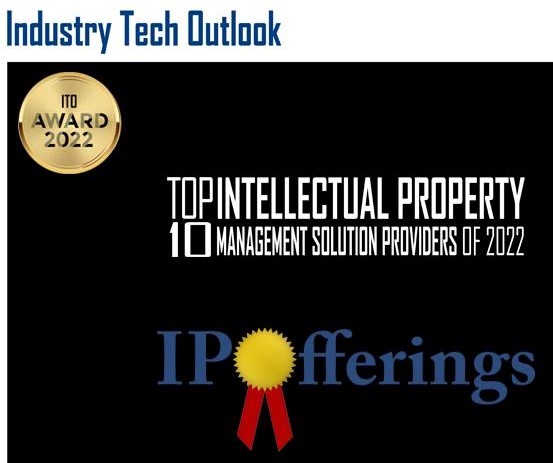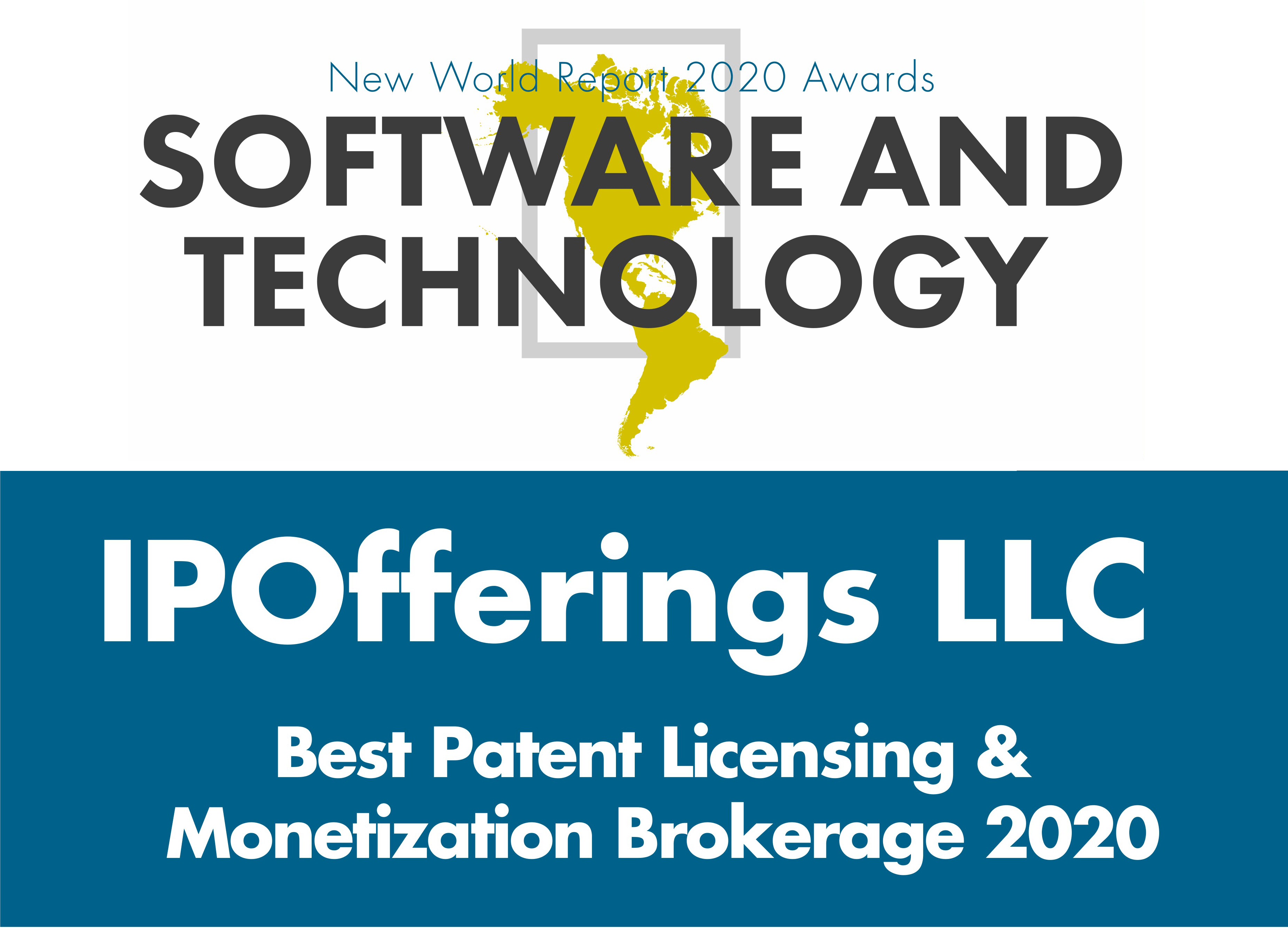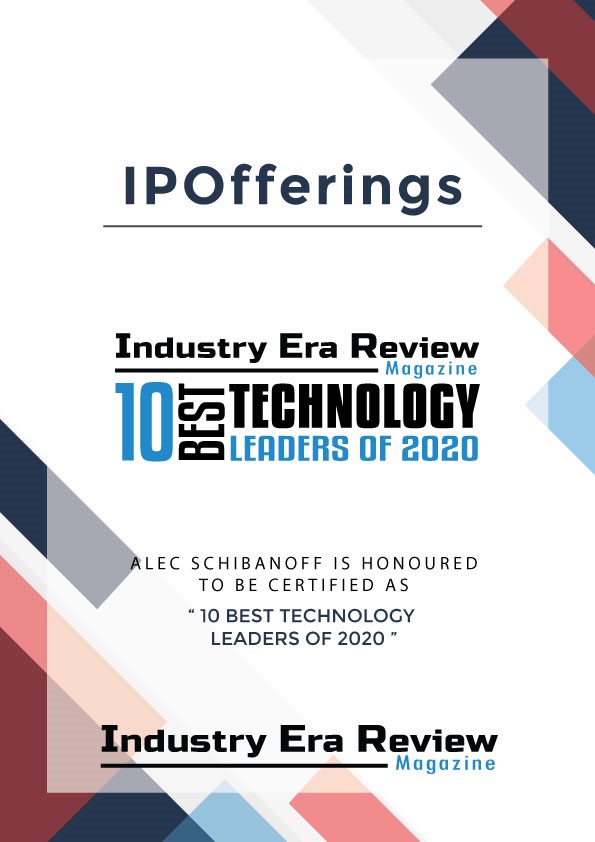Patent MarketPlace: E-Commerce Patents for Sale
 Targeted, Customer-Friendly, Advertising for E-Retailers (Weinblatt): U.S. Patent No. 12,346,928
Targeted, Customer-Friendly, Advertising for E-Retailers (Weinblatt): U.S. Patent No. 12,346,928
Two centuries ago, department store magnate John Wanamaker stated that “Half the money I spend on advertising is wasted; the trouble is I don't know which half”. And that may have been true then. But today, over 80% of an advertiser’s dollars can easily be wasted. Advertisers wish they could laser-focus their marketing so they know exactly where every advertising dollar goes. The challenge facing on-line sellers is to do that without invading the privacy of its customers and, possibly, creating ill will that will scare away business.
The innovative technology covered by this patent addresses the growing demand for privacy-compliant advertising and messaging. Based on real-world testing of 25,000 households by the inventor of the patent, it introduces a system that enables automatic, precise, cost-effective, ad targeting without compromising user data, putting it in alignment with stringent regulations like GDPR and CCPA. It provides a scalable, efficient solution that enhances ad performance while mitigating privacy concerns – a critical need in today’s intensely competitive digital advertising landscape. Working with traditional, digital, podcast, and radio platforms, this patent can enable any major tech e-retailer to strengthen its advertising platform while respecting its customers’ and prospects’ privacy!
U.S. Patent No. 12,346,928 for a “Method for delivering targeted messages and content automatically to specific audience” can be used to link to apps that already exist on smartphones, enabling the user to give permission for the system to be activated. Users will benefit by receiving information about the best deals on products and services in which they have an interest – saving them time and money.
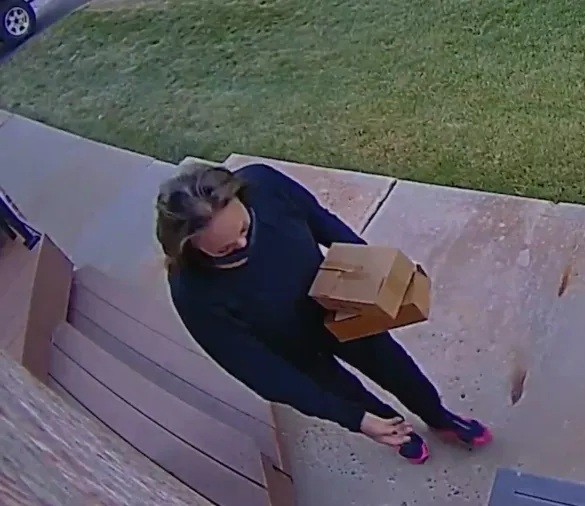 Secured Receptacle for E-Commerce Packages (Walsh): U.S. Patent No. 10,881,233
Secured Receptacle for E-Commerce Packages (Walsh): U.S. Patent No. 10,881,233
Theft of packages from driveways and porches has become an epidemic. In fact, “porch piracy” is the fastest growing crime in the U.S., spurred by the growth in e-commerce that has resulted in millions of packages being delivered to empty homes every day. Mom and dad are at work, and the kids are in school, so it is easy to just grab that package and walk away with it. There are security cameras, but all they do is videotape the crime. The package is still gone!
This patent presents a pragmatic solution to porch piracy as well as way to protect packages from inclement weather. It creates a portal in the home’s garage door that allows packages in, but keeps people out. The delivery person opens the portal and drops in the parcel. The door closes and a chute directs the parcel to the garage floor where a thief cannot reach it. Whether the homeowner receives just one or several packages a day, each one is safe until the homeowner gets home and retrieves it. The invention requires no power, so no wiring is required and there is no loss of protection in a power outage. Also, no keys or codes are needed for the delivery person to access the receptacle. The product based on this patent can be either a kit that is installed in an existing garage door, or it can be offered by an overhead door manufacturer as an added-value option on new garage doors.
U.S. Patent No. 10,881,233 for a “Through-door package delivery assembly and related methods” creates the opportunity for a garage door manufacturer to clearly differentiate its product line by offering a secure receptacle for e-commerce packages. It can also be offered as a retrofit to any installed garage door, or as a kit the homeowners installs himself. The acquirer of this patent will profoundly change the overhead door industry!
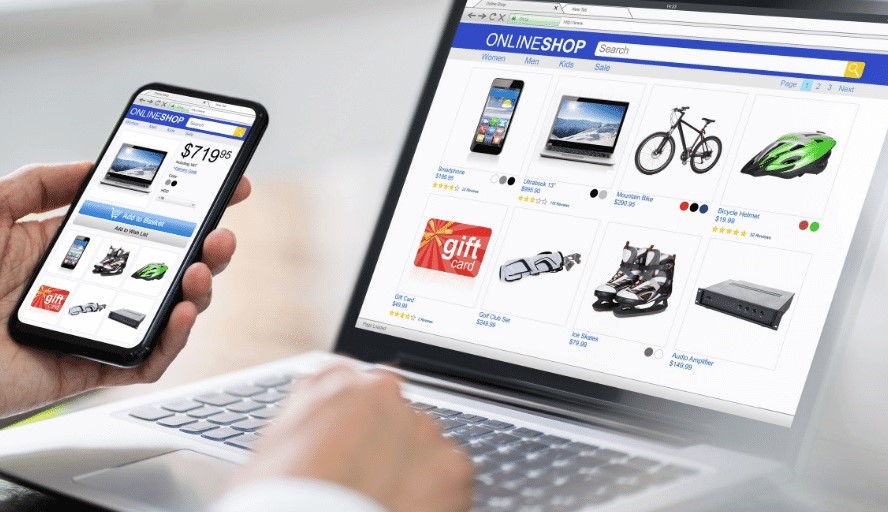 Improved E-Commerce Customer Experience (Kleinhandler): U.S. Patent Nos. 9,760,944 and 10,304,124
Improved E-Commerce Customer Experience (Kleinhandler): U.S. Patent Nos. 9,760,944 and 10,304,124
As more and more business is done online, e-commerce websites must offer an increasingly larger and larger selection of products. Finding a specific product at a large e-commerce site can be a challenge for the shopper who often has to drill down through several sections, categories, and sub-categories to find exactly the product he or she wants. If the buyer does not have the model number or exact product designation, finding the right product can be a challenge – in fact, it can be downright frustrating!
This patent family introduces a breakthrough e-commerce system and method for efficient product search and identification. It simplifies the browsing process and enhances the customer experience. Traditional e-commerce platforms often suffer from the inefficiency of long lists and multiple pages when searching for specific products, especially in industries with many product variations. This patented grid technology eliminates these challenges by organizing products based on their attributes, offering a visually appealing and organized presentation.
The system incorporates filtering and sorting options, allowing users to easily refine search results. With real-time updates, the grid dynamically adjusts as users apply filters or modify search parameters, ensuring accurate and up-to-date product displays. Users can seamlessly interact with the grid, accessing detailed information, adding products to their shopping carts, and performing other actions directly within the grid view. The responsive design ensures optimal viewing experiences across different devices.
U.S. Patent Nos. 9,760,944 and 10,304,124 for “Systems, methods, servers, and clients for inventory exchange” would enable a publisher of e-commerce software to offer its customer base a more easily navigated e-commerce website that provides cutting-edge e-commerce technology, delivers enhanced customer experiences and improved search capabilities, and offers a distinct competitive advantage in the marketplace.
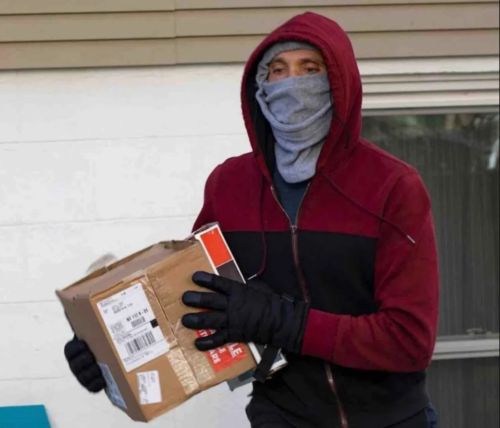 Secure Package Delivery (Ritchie): International Patent Portfolio
Secure Package Delivery (Ritchie): International Patent Portfolio
There is one serious flaw in e-commerce. Online retailers can promote their sites so they reach the right consumers. Consumers can search the e-commerce site to find the right product. The consumer can pay for his or her purchase via credit card or PayPal at a secure checkout page. And the product will be promptly shipped out via UPS or FedEx, or the U.S. Mail, or delivered directly by the seller as Amazon and Staples does, or delivered via drone. The entire system has worked flawlessly for the past 20 years or so. There is just one glitch in the system. When that package is dropped off on the porch of the buyer, what protection is there that it will not be stolen? In fact, theft of packages from porches – known as “porch piracy” – is one of the fastest growing crimes in America. Last year, 260 million packages were stolen from 49 million Americans!
Surely there must be a solution. There is. This portfolio creates a receptable that a homeowner puts on the porch or lawn, and the delivery person pushes a button to open it or it opens when a delivery drone approaches. The delivery person or drone places the package in the drawer and it slides shut automatically and locks so the package is safe and secure until the homeowner unlocks the drawer with a proprietary app and removes it. When a parcel is placed in the drawer, the unit notifies the homeowner. The receptacle is battery-powered so no wiring is required. One version of the patented invention includes a scanner in the drawer that sends an image to the homeowner so he or she knows what was delivered. Units can also be configured for multi-family homes and apartment houses. This portfolio fixes the last remaining flaw in the entire e-commerce supply chain.
Patent Portfolio
- U.S. Patent No. 10,028,606: Protected unmanned vehicle delivery receptacle
- U.S. Patent No. 11,045,031: Protected delivery receptacle
- U.S. Patent No. 11,805,930: Protected delivery receptacle
- Great Britain Patent 2577578: Protected delivery receptacle methods and apparatus
- Great Britain Patent 2559886: Protected unmanned vehicle delivery receptacle
This portfolio will enable any mailbox manufacturer or provider of parcel delivery services to provide security for homeowners for the delivery of packages to consumers, and save tens of millions of dollars a year!
 Aggregation Portal for Goods and Services (IP Holdings): U.S. Patent No. 7,653,551
Aggregation Portal for Goods and Services (IP Holdings): U.S. Patent No. 7,653,551
What is needed today is a web portal that offers streamlined marketing and exchange of goods, services, and intangible property by providing tailored searching – especially of intellectual property – in a convenient and efficient manner at a single portal. It should create a uniform, user-friendly interface for buyers and sellers by providing a one-stop shopping solution for any goods and services.
This patent does exactly that by creating an Intellectual Property Aggregation Portal that is a central location from which users may compare and evaluate various auctions and exchanges, and where they can submit their listings to any number of auctions or exchanges. The technology disclosed in the patent includes a software application that is run from the user's local computer to effectuate tailored searching and listing in a convenient and efficient manner. It is designed to provide value-added services that will facilitate transactions and expand the selection of goods, services, and intellectual property, and increase exposure of the goods and services offered by participating sellers. Additionally, the technology includes analytical tools plus legal, valuation, insurance, escrow, brokering, consulting, and other professional services to help facilitate transactions. Finally, the technology provides for commission sharing among the sellers and other portals and exchanges.
U.S. Patent No. 7,653,551 for a “Method and system for searching and submitting online via an aggregation portal” would be a strategic acquisition for any major Internet-based business that is prepared to create a one-stop aggregate on-line auction for all goods, services, and intangibles. Various aspects of the technology covered by this patent is in wide use today. In fact, the patent has 74 Forward Citations.
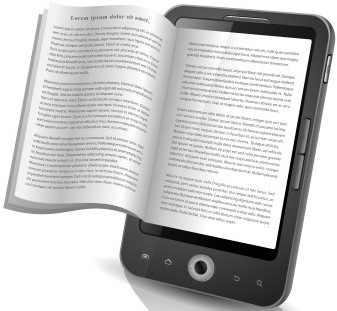 Personalized Digital Gift-Giving (Nash): U.S. Patent No. 9,741,061
Personalized Digital Gift-Giving (Nash): U.S. Patent No. 9,741,061
Almost 200 million e-books were sold in the U.S. in 2020, but they all lacked one critical element: None of them were personalized for the recipient. One of the charming benefits of a conventional book – be it hardback or softback – is that the giver can write a note to the recipient on the opening page of the book, and that personal note is there every time the recipient opens the book. Sometimes even long after the giver is gone. How many children’s books are in homes today that were given by a parent or grandparent, and that special person’s personal note is still there in the front of the book?
While e-books and other digital gifts are growing in popularity, they lack the one critical element that makes a gift special. There is currently no way for consumers to purchase an e-book as a gift, and personalize that e-book with a permanent message from the giver that will always be part of that e-book. Until now. This patent creates technology that enables purchasers of e-books and other digital items to add a personalized message in the form of text, images, or video that becomes and remains an element of that digital gift. The personalization platform created by this patent is neutral and Digital Rights Management (DRM)-free, an essential element in employing this technology for national and global markets.
This technology will expand the appeal of e-books, audio books, digital games, digital music, streaming movies, and digital gift cards, providing publishers, distributors, and retailers both a competitive edge AND a new, high-margin source of revenue. The technology covered by this patent can be used to create a customization module for e-commerce publishers, distributors, and retailers – an Applied Programming Interface (API) service that will enable buyers to add text or audio messages, photos and images, or video to their e-book gift purchase, personalizing that gift for its specific recipient.
U.S. Patent No. 9,741,061 for a “System and method for personal customization of digital content” creates a more personal – and, therefore a more valuable – gift for the recipient while it also enhances the gift-buying experience for the purchaser. This patent will enable any publisher or seller of e-books and other digital gifts to offer next-generation products in an intensely competitive market sector! The video below shows how this patent would be commercialized into a product.
 Interactive, User-Customized, Internet Advertising (Vinja): Three-Patent Portfolio
Interactive, User-Customized, Internet Advertising (Vinja): Three-Patent Portfolio
The same business model has existed since KDKA went on the air as the first commercial radio station back in 1920. The business is supported by on-air advertising. When WNBT was the first commercial television station to go on the air in 1941, it used the same business model. The only problem with this business model and technology is that everyone hears or sees the same ad. Ads for tires have little appeal to viewers who have new cars and do not need tires. Ads for home improvements are wasted on renters. Cosmetic ads are of no interest to men. Ads for beer are wasted on non-drinkers. And so on and so on. Today’s Internet advertisers face the same challenge – getting the right ads in front of the right people, and avoiding putting an ad in front of a viewer who has no need and no interest in the product being advertised.
This cutting-edge patent portfolio addresses this 100-year-old dilemma by creating technology that uses megadata to gain insights to the viewing audience, then fully customizes the advertising messages to match them to the precise interests of each specific viewer.
Patent Portfolio
- U.S. Patent No. 8,936,184: Switched annotations in playing audiovisual works
- U.S. Patent No. 8,978,075: Associating media using metadata and controlling multiple-device synchronization and rendering
- U.S. Patent No. 9,462,309: Playing and editing linked and annotated audiovisual works
This portfolio would be a strategic acquisition for any Internet advertiser or supplier of Internet advertising technologies, and would enable the acquirer of this portfolio to leapfrog all current, available technologies. Evidence-of-Use for U.S. Patent Nos. 9,170,700 and 9,462,300 are available upon request.

 Electronic Telephone Wallet (Poltorak Technologies): U.S. Patent No. 7,996,268
Electronic Telephone Wallet (Poltorak Technologies): U.S. Patent No. 7,996,268
We’ve all been there. We are making a purchase online or via telephone. We provide our debit card or credit card number. Then the seller needs the security code from the card. OK. And the expiration date. OK. And the billing address for the card. Wait a minute! We thought ordering online or via telephone was supposed to be easy. Seems like we are providing a lot of information to people we do not know!
This patent replaces supplying all of that sensitive data with an electronic wallet that is incorporated into a cell phone or other smart device. This electronic wallet stores data on the owner’s credit and debit cards – the account numbers, security codes, expiration dates, and billing addresses. When the Electronic Telephone Wallet owner goes to make a purchase, the wallet communicates directly with the seller – either over the telephone or over the Internet – and it quickly, easily, safely, accurately, and securely provides the data needed to complete the transaction. The Electronic Telephone Wallet communicates with the seller via a telecommunication network, the Internet, RF signal, satellite communication, optical communication, public switchboard, telephone network, digital communication network, personal communications services (PCS), wireless communications, and/or any other communication network or system combination.
U.S. Patent No. 7,996,268 for an “Apparatus and method for an electronic telephone wallet” will enable any merchant services supplier or cell phone operator to provide the next level of convenience and security to its customers.
 On-Line Communication and Billing System (Amana Future): International Patent Portfolio
On-Line Communication and Billing System (Amana Future): International Patent Portfolio
Wouldn’t it be great if there were an online database of verified professionals – consultants, engineers, architects, designers, artists, writers, physicians, dentists and others – that you can go to, select one that you could consult with online, and then have the professional bill you via that website. Think of the time and work and aggravation such a system would save and how many individuals and businesses would benefit?
Well, the technology for just such a business model exists and it is covered by this international portfolio. This portfolio describes an Internet-based directory of vetted professionals that includes each professional’s credentials, the services he or she offers, and each professional’s billing rate. Individuals and businesses register, select a professional, enter into communication with that professional, the client is billed for services rendered through the site, and the site takes a percentage of all fees collected and remits net fees to the professional.
Patent Portfolio
- U.S. Patent No. 8,971,843: Communication tracking and billing system
- European Patent 2791886A: Communication tracking and billing system
- China Patent 104137135: Communication tracking and billing system
- Japan Patent 6100796: Communication tracking and billing system
- Taiwan Patent I514311: Communication tracking and billing system
- China Patent Application 107800905: Communication tracking and billing system
- Mexico Patent Application 345357: Communication tracking and billing system
- Canada Patent Application 2859536: Communication tracking and billing system
- Brazil Patent Application 112014014731: Billing and communication tracking system
This portfolio creates an international marketplace that matches professional service providers with individuals and businesses that need to ask a question or need advice, and administers billing for the professional’s services to ensure they are paid. The acquirer of this international portfolio will be able to set up an international, online billing service for professionals with patent protection in North America, Europe and Asia through 2032.
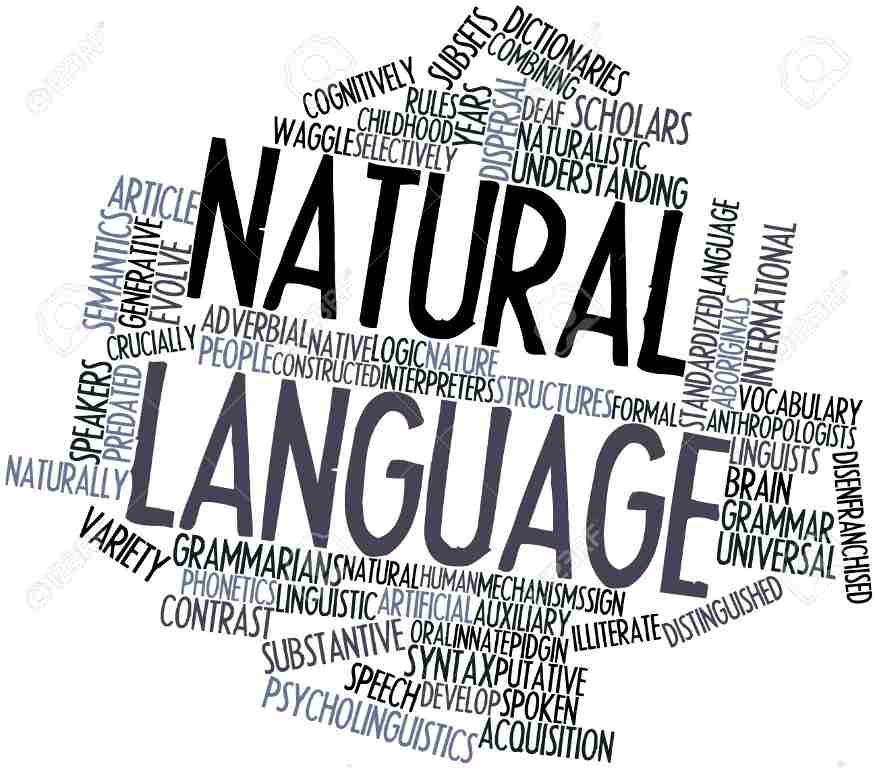 Natural Language Processing for Pull Advertising (Richfield): Two U.S. Patents
Natural Language Processing for Pull Advertising (Richfield): Two U.S. Patents
Imagine being able to reach a prospective buyer for your products and services just when that buyer is ready to make a buying decision! For example, when Jeff mentions that his tires are worn, he learns about a special on tires from your company. Shortly after Sarah mentions that she is considering taking a singles cruise for her upcoming vacation, information about your company’s cruise packages shows up. When Fred expresses a need for dental implants to repair facial injuries he incurred in an auto accident, information about your company’s affordable dental services appears!
Rather than waste time advertising to people who do not need tires, are not thinking vacation, and have no interest in dental implants, why not advertise to just those prospects who are ready to make a buying decision? The technology covered by this portfolio – originally used to diagnose chronic illnesses from heath statements – is far more accurate and selective than the current “bag of words” method, but it has the same computational efficiency. Imagine how much more effective every one of your advertising dollars would be if your marketing only addressed interested prospects for your products and services.
The ability to do exactly this exists, and it is covered by this patent portfolio. It creates a technology that scans forum, blog, and social media postings across the Internet and identifies those who have expressed a problem – like where to go for a good deal on tires, who offers the best singles cruises, or where to go for dental implants. From the data that is gathered and parsed down to the needs of the user, personalized replies are produced that contain pertinent and useful information about exactly what the prospect is seeking. Replies can be routed through selected intermediaries in a way that establishes a personal relationship between the prospect and the intermediary based on common experiences with the same problem.
| Patent No. | Title |
|---|---|
| 8,788,263 | Natural language processing for analyzing internet content and finding solutions to needs expressed in text |
| 9,805,018 | Natural language processing for analyzing internet content and finding solutions to needs expressed in text |
The company that acquires this portfolio will be able to offer its client highly pinpointed and incredibly efficient marketing services with an excellent lead-to-buyer conversion ratio!

 Proactive Identity Theft Prevention (Page): U.S. Patent No. 7,540,021
Proactive Identity Theft Prevention (Page): U.S. Patent No. 7,540,021
The fastest-growing crime in America today is identity theft. They even make movies about it. Instead of reacting to identity theft after the crime has occurred, isn’t there a way to proactively seek out and stop identity theft? There is, and it is a patented invention. It is done with a software spider search robot (or “bot”) that searches for and finds transmitted personal information, then turns that data into a bit-keyed (or encrypted) array that cannot betray any information about the user. The bot can search for data along any predefined parameter – for a single individual, for example, or for a defined group such as customers of a specific merchant. The system BOTH pro-actively protects potential victims AND ensnares ID theft perpetrators.
U.S. Patent No. 7,540,021 for "System and Methods for an Identity Theft Protection Bot" would be a critical acquisition for any business in the ID theft protection industry, or any large provider of credit to consumers that wants to offer its customers an added level of security against ID theft. The acquirer of this patent will be able to leapfrog the technology of its competitors and enjoy a strategic competitive advantage. This patent has a 2000 Priority Date, so it precedes virtually all of the anti-ID theft technologies in use today. There is extensive Evidence-of-Use documentation that is available upon request.
 Point-of-Sale Consumer Finance Purchase Option (Hills): U.S. Patent No. 8,788,353
Point-of-Sale Consumer Finance Purchase Option (Hills): U.S. Patent No. 8,788,353
This intriguing patent creates an opportunity for consumers purchasing larger ticket items from virtually any retailer or medical facility to have access to instant decisions for alternate financing of their purchase. The system presents the purchaser with an alternative to running up a large balance on his or her credit card. It creates a paperless application that is sent to prime, near-prime and sub-prime lenders. The invention covered by this patent works with credit card terminals or handheld devices, or via the Internet for telephonic or online transactions. This patented technology enables financing sources to reach potential customers at the point of purchase at exactly the time and place that they need financing of a major purchase!
U.S. Patent No. 8,788,353 for a "System and method for presenting a financing instrument at a point of sale" would be a critical acquisition for any business supplying POS equipment or services seeking to differentiate products or services, or short-term financing companies seeking to affordable acquire new borrowers.
Patent Brokerage Prospectus: Contact [email protected] to receive an analysis of each portfolio that includes:
- Executive Summary
- Patent Overview and History
- Technology and Investment Summary
- Market Research
- Company Analysis
- Illustrative Evidence of Use (if applicable)
We offer patents in these technologies:
- Agricultural
- Artificial Intelligence
- Automotive/Vehicular
- Aviation
- Banking/Financial Services
- Beverages/Foods/Nutritional Products
- Boat and Marine
- Cannabis and Medical Marijuana
- Construction/Building Trades
- Consumer Electronics
- Consumer Products
- Digital Currency/Cryptocurrency
- Drones/UAVs
- E-Cigarette & Vaping Technology
- E-Commerce
- Education & Training
- Energy/Power Generation
- Health and Beauty Products (HBP)
- IoT Patents/Internet of Things
- Manufacturing
- Medical Electronics and Devices
- Mining/Drilling
- Mobile/Wireless
- Network/Location-Based Services
- Optics/Displays/Video/LED
- OTT Patents/Over-the-Top
- Packaging
- PCs and Notebooks
- Pharmaceuticals
- Robotics/Automation
- Semiconductor
- Shoe & Apparel
- Smart Home/Smart Office
- Social Media
- Software, Apps, and Architecture
- Sports/Sporting Goods
- Telecommunications/IP Telephony
- Warehousing/Material Handling
- Other
- Go to Patent Index
- Return to Patent MarketPlace

